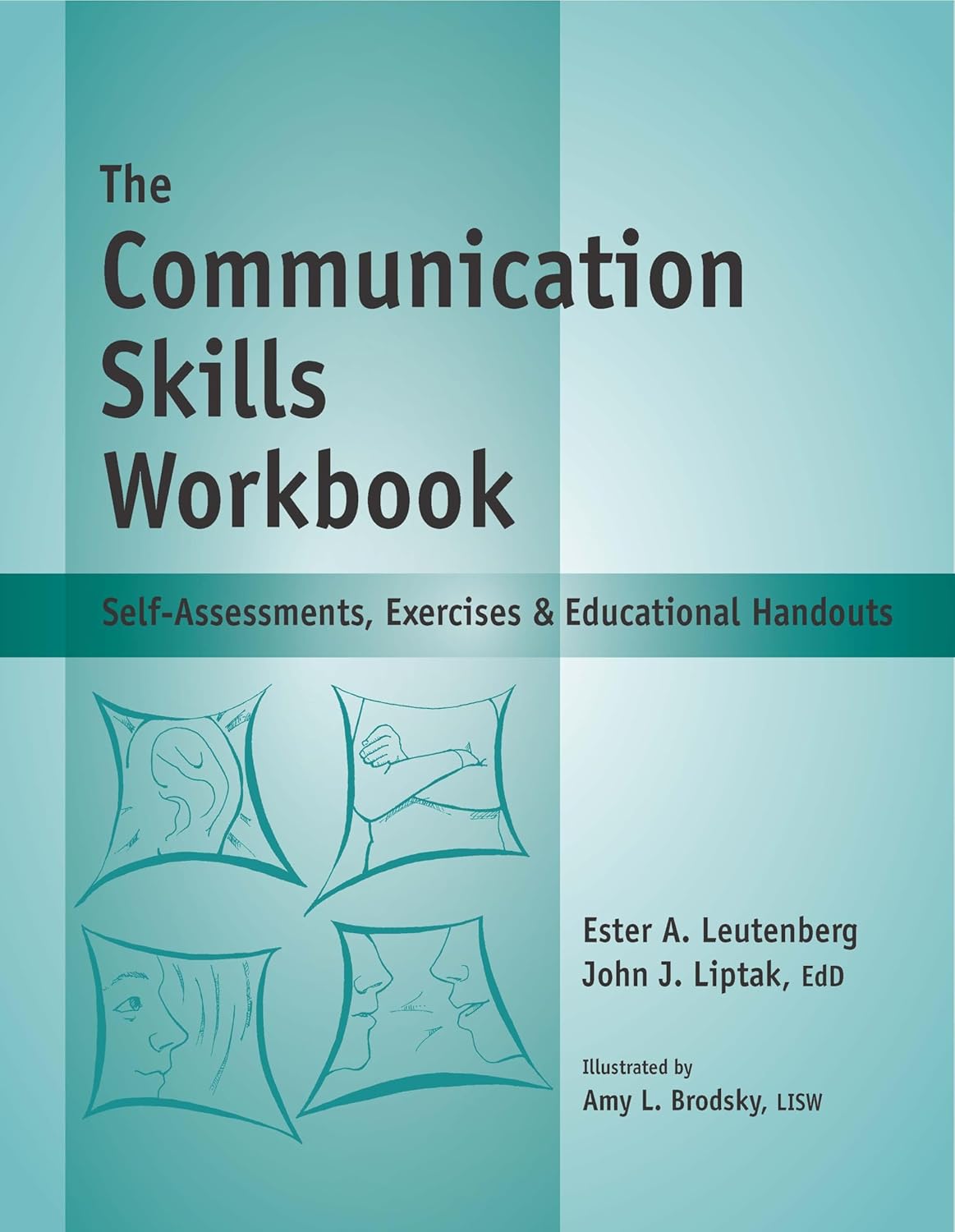“Heart full of tales, yet the words slip away; words stumbling and thoughts scattered everywhere.”
Storytelling! You may wonder why it matters when you can simply express your thoughts with words.
Many people believe storytelling is just about narrating tales and nothing more. However, it has greater power; it engages and inspires others in your conversation.
Are you wondering what storytelling has to do with making your conversations enjoyable?
Well! You should know that storytelling adds weight to your words and helps convey your message clearly.
If you think not everyone can be a storyteller, how can you master this skill to make your conversations more impactful and convey your message effectively?
Let’s explore together!
Here, you will discover why storytelling is powerful and how you can learn the art of storytelling through practical techniques.
The Importance of Storytelling in Communication
Storytelling, a timeless art, has been a part of humanity since the very beginning. It has always been a powerful tool for engaging an audience when you are speaking to a crowd, writing an article, or even presenting a business proposal.
Knowing how to tell a story can help you build a strong connection with your audience. Stories trigger emotions, enhance memory, and help people effortlessly understand complex ideas.
Research suggests that narratives can increase retention by up to 22 times more than plain facts. It means that your ability to craft stories is not just a nice-to-have skill but is essential for effective communication.
The simple answer to why storytelling is essential in communication is that people are naturally drawn to stories. When you tell a compelling story, you activate the parts of the brain that encourage the audience to listen and experience your story as if they were a part of it.
You can engage people emotionally and create a deeper bond with your storytelling skills.
👉 Did You Know?
Our brains are wired to make sense of the world through stories, which is why even simple narratives can spark curiosity and hold attention more effectively than facts alone.
Research indicates that 92% of consumers prefer brands whose ads feel like stories. Storytelling is the best approach to leaving a lasting impression.
How to Find Your Unique Storytelling Voice
Now, the essential thing that comes with learning the art of storytelling is finding your unique voice, as it is your voice that sets you apart from others.
You can shape your voice with your unique experiences, emotions, and perspectives. However, embracing your individuality is an effective way to compose an authentic and compelling storytelling voice.
Here are some of the ways that can help you discover and refine your voice:
- Reflect on Your Experiences
Reflecting on your experiences includes considering your challenges and the moments that have shaped you. These experiences can provide the foundation for your unique voice.
- Be Authentic
Another way to find your voice is through authenticity. When your stories reflect who you truly are, they resonate with others, creating a deeper connection with your message.
- Experiment with Styles
You can experiment with various styles and storytelling techniques until you find the one that fits you. Experimenting with numerous styles is part of the journey to discovering your individual voice.
- Self-Reflect Regularly
Self-reflection is a powerful way to boost your creativity and build a deeper emotional connection, enhancing your storytelling.
👉 Pro Tip
Your unique storytelling voice emerges when you allow your true self to shine through. Focus on sharing stories that are authentic to your experiences and emotions, and let your individuality shape the way you connect with your audience.
With the methods shared above, you can find your unique storytelling voice, which can help you connect deeply with the audience.
What Science Says About Storytelling?
If you’re wondering what science has to do with storytelling, you should know that storytelling isn’t just an art; it’s also backed by science. The human brain is wired in a way that it responds to stories in fascinating ways.
Telling a good story activates “neural coupling,” which lets your audience experience the emotions you describe, mimicking the storyteller’s brain. Oxytocin, the “trust hormone,” is released when you tell an emotionally captivating story, helping your audience trust you more.
Research shows that story-driven ads increase brand trust by 30%. Compelling stories activate multiple areas of the brain, including those responsible for movement, sensory perception, and emotion. This neurological response makes storytelling an effective way to influence, inform, and even change behaviors.
🎭 Fun Fact
When you tell a captivating story, your brain releases dopamine, which not only helps with emotional engagement but also improves focus and memory retention, making your story more memorable for your audience.
Understanding the science of storytelling can help you structure your stories in an emotionally and intellectually stimulating way.
Effective Techniques for Enhancing Your Storytelling Skills
If you want to master the art of storytelling, you can easily do so by practicing and refining your techniques.
Here are some of the effective techniques that can help you become a more compelling storyteller:
#1: Use Emotional Storytelling Techniques
Emotional storytelling is the best way to keep your audience engaged and build a connection with them. You can achieve this by telling stories that reflect the universal human experience, such as joy, pain, fear, or triumph.
How to tell a compelling story? It depends on how well you can get involved in those emotions. Studies reveal that stories with emotional resonance are more likely to be remembered and shared.
#2: Focus on Structure
Another great technique for creating a convincing story is focusing on the structure. A story has three critical parts: the beginning, middle, and end. The beginning sets the scene and joins the audience. The middle builds tension, leading to the climax, and the end offers a resolution or takeaway.
When constructing a story, you must focus on building your storytelling toolbox with the right structure to keep your audience engaged. Effective storytelling techniques often highlight the importance of pacing and timing in delivering your message.
#3: Use Vivid Imagery
When you engage with your audience, don’t just tell them about the events; you have to paint a clear picture in their minds. When people can visualize and relate to your story, they are more likely to connect with it on a deeper level.
Here’s an example: instead of saying, “It was a hard day,” you could say, “The weight of the world rested on my shoulders as I trudged through the day.” This is how emotional storytelling techniques can bring out deeper reactions.
#4: Engage Your Audience with Stories
When the question arises: how do you engage your audience with stories? The answer is by making them feel like they are part of the story. You can address them directly, ask questions, or encourage them to imagine themselves in your story.
Some common storytelling mistakes to avoid are making your story too complex or too self-focused. When crafting your story, you must always consider the audience’s perspective.
#5: Avoid Overloading with Details
One tip for better storytelling is keeping it as simple as possible. It is tempting to add every detail, and too much information can slow down your story. So, focusing on the core message and setting aside unnecessary details is important. It is always great to have a workbook to practice communication that can help you build simple yet impressive segments.
👉 Bonus Tip
Don’t forget to incorporate pauses in your storytelling. Well-placed pauses can create suspense, emphasize key moments, and give your audience time to process the story, making your narrative more impactful and memorable.
The techniques mentioned above can help you narrate a compelling, emotionally engaging, and connecting story.
Daily Storytelling Tips to Sharpen Your Skill
#1: At Work, during Presentations and Meetings
You can use storytelling to explain a complex idea by sharing a customer success story. You can start by describing the customer’s problems and challenges and the solution your company provides.
For instance, instead of using data-heavy slides in your presentation, say, “One of our clients was struggling with declining sales. After we applied X strategy, they saw a 30% increase in just three months.” This approach is more engaging.
How to know it worked: You’ll know your storytelling worked if your audience stays interested, asks follow-up questions, or remembers your story after the meeting.
#2: In Conversations with Friends or Family
Imagine you’re having a personal conversation with family or friends. You can make the conversation more meaningful by sharing stories instead of just giving facts or advice.
For example, if a friend is feeling down, you can share how you overcame a similar situation. If they’re dealing with a work problem, you might say, “I remember when I was in your shoes, feeling overwhelmed. I was so close to quitting, but I started taking small breaks, and that really helped.”
How to know it worked: If your friend feels comforted, inspired, or emotionally connected to your story, then you’ve mastered the skill.
#3: Public Speaking or Leading a Group
When you are publicly speaking, you can use your storytelling skills to start the speech with a personal life experience that connects to your main message.
For example, you might say, ‘Let me share a moment that changed my life…’ and then tell a story highlighting your key points.
How to know it worked: If you notice your audience looking engaged, nodding, or talking about your story afterward, you’ve successfully captured their attention.
#4: Social Media Posts
When posting on social media, share stories about your personal or professional journey instead of just posting updates.
For example, you might say, ‘Three years ago, I was working late nights and felt stuck in my career. But then I started focusing on X, and now I’m in a place I never imagined.’
How to know it worked: If you notice high engagement, such as comments, likes, and shares, it means your story is resonating with your audience.
Conclusion
A good storyteller is not someone who just knows how to arrange words; it is more about evoking emotions, creating connections, and delivering memorable messages.
Mastering storytelling skills is essential for success when trying to influence others, share your vision, or entertain. Common storytelling mistakes to avoid include not having a clear purpose, bad dialogue, or not knowing your audience. It is essential to keep these things in mind while practicing and refining your techniques.
Always aim to make an emotional connection with your audience. A good storyteller holds the power to captivate, influence, and inspire others, turning ordinary moments into extraordinary experiences.
“The art of storytelling gives new life to words; heartfelt tales spread across the world, lifting thoughts that once felt unheard.”
Activity: Craft Your Own Compelling Story
- Step 1: Choose a personal experience that evokes strong emotions (joy, fear, triumph).
- Step 2: Identify the core message you want to convey through this story.
- Step 3: Write the beginning, middle, and end of your story, focusing on structure and pacing.
- Step 4: Add vivid imagery to help your audience visualize the experience.
- Step 5: Read your story aloud, practicing pauses and emphasizing key emotional moments to engage your listeners.
By practicing this activity, you’ll enhance your ability to craft and deliver stories that resonate emotionally with your audience!




















